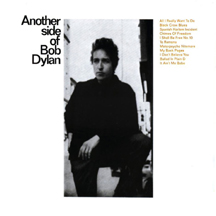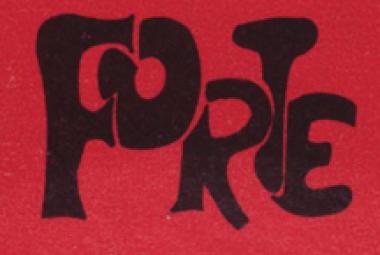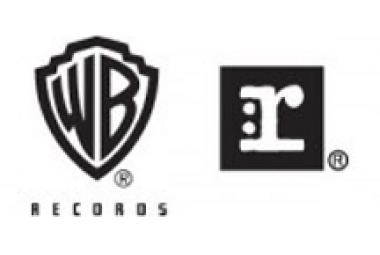Another Side of Bob Dylan is the fourth studio album by American singer-songwriter Bob Dylan, released on August 8, 1964 by Columbia Records. The album deviates from the more socially conscious style which Dylan had developed with his previous LP, The Times They Are A-Changin'. The change prompted criticism from some influential figures in the folk community – Sing Out! editor Irwin Silber complained that Dylan had “somehow lost touch with people” and was caught up in “the paraphernalia of fame”. Despite the album’s thematic shift, Dylan performed the entirety of Another Side of Bob Dylan as he had previous records – solo. In addition to his usual acoustic guitar and harmonica, Dylan provides piano on one selection, “Black Crow Blues”. Another Side of Bob Dylan reached No. 43 in the US (although it eventually went gold), and peaked at No. 8 on the UK charts in 1965. (More from Wikipedia)
About his next album, Another Side of Bob Dylan, which was released later in 1964, Bob Dylan told Nat Hentoff in New Yorker magazine: “There aren’t any finger pointing songs [here]. . . . Now a lot of people are doing finger pointing songs. You know, pointing to all the things that are wrong. Me, I don’t want to write for people anymore. You know, be a spokesman.”
His song “My Back Pages” is most direct about this new direction in his music and is blatantly self-critical – particularly in the chorus line, “I was so much older then / I’m younger than that now”. The Byrds released a version of “My Back Pages” in early 1967, the seventh and last Bob Dylan song that the band covered and released as a single.
However, this album is not devoid of his earlier musical styles either. Another Side also includes “Chimes of Freedom” that – like “When the Ship Comes In” – is rich with social commentary on the downtrodden and those who have been treated unfairly. However, to me, this is really the kind of song that Bob Dylan was singing throughout this period.
About the changes in his songwriting on Another Side of Bob Dylan, Bob Dylan told the Sheffield University Paper in May 1965: “The big difference is that the songs I was writing last year . . . they were what I call one-dimensional songs, but my new songs I’m trying to make more three-dimensional, you know, there’s more symbolism, they’re written on more than one level.” Later that year, speaking of “My Back Pages” specifically, Dylan told Margaret Steen in an interview for The Toronto Star: “I was in my New York phase then, or at least, I was just coming out of it. I was still keeping the things that are really really real out of my songs, for fear they’d be misunderstood. Now I don’t care if they are.”
In like manner, I don’t view the release of Another Side of Bob Dylan as a radical break from the past, but rather a natural evolution of his music. For that matter, I feel the same way about Bob Dylan’s “going electric” on his next two albums, Bringing it All Back Home and Highway 61 Revisited; and also his Christian period in the trilogy of albums from 1979-1981: Slow Train Coming, Saved, and Shot of Love. Bob Dylan is very much undervalued as an instrumentalist, in my judgment; his guitar playing – and his harmonica, and his work as a pianist – is so strong that I often don’t even notice whether a song is acoustic or electric. As an example, until I saw it pointed out in Wikipedia while I was researching this month’s post, I had not realized that one of my Top Ten favorite Bob Dylan songs – the last and longest track on Highway 61 Revisited, “Desolation Row” – was the only non-electric song on the album.
(May 2013)
* * *
Items: Another Side of Bob Dylan















